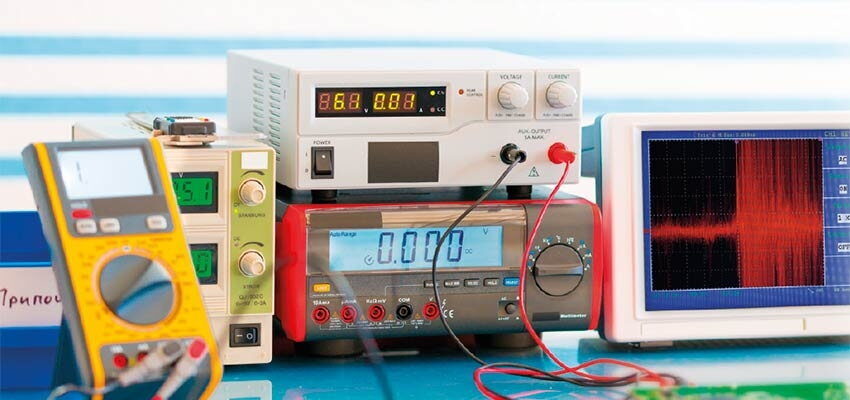
Transformers and power quality – Part II
Abstract This article investigates the generation of high harmonics in the magnetizing current of small three-phase transformers using the magnetic field analysis, the Finite Element...
byPetar Milkov UZUNOV

Abstract
This article investigates the generation of high harmonics in the magnetizing current of small three-phase transformers using the magnetic field analysis, the Finite Element Method (FEM). Through the analysis of the magnetic field in low power three-phase transformers, the magnetizing current waveform in the three phases of the transformer was obtained. The Fourier transform was then applied to obtain the harmonic analysis of the phase currents and determine their harmonic spectrum. Using the magnetic field analysis approach, the study aims to show that the generation of high harmonics in three-phase transformers – either low power ones or the power transformers in the electricity network – significantly influences the quality of electricity and its deterioration.
Keywords: FEM, three-phase transformers, high harmonics, power quality, electrical power system
1. Introduction
The magnetization phenomenon in a three-phase transformer is more complicated than in a single-phase transformer. In a no-load mode of the three-phase transformer, the influence of the third harmonic of the current and magnetic flux is considerable. Depending on the wiring diagram of the primary and secondary windings and the magnetic system design, the waveform of the magnetizing current and the magnetic flux is different. Therefore, Part II of the article on transformers and power quality investigates three-phase transformers separately from the single-phase units, which were discussed in Part I.
From the classical theory of electrical machines [1] it is known that in the magnetization of steel cores of various transformers currents with an increased frequency (3f, 5f, 7f, etc.) pass through the primary winding, with the third and fifth harmonics being most pronounced. They are generated as a result of non-linearity of the transformer magnetic characteristics and saturation of the core material. If, due to the delta connection diagram of windings, the third harmonic of the magnetizing current reactive component cannot exist, it emerges (including the multiples of 3) in the magnetic flux and in MMF (magnetomotive force).
The spectrum of the generated harmonics depends on the vector group of the transformer. Magnetization currents of the three-phase three-limb core transformers not only contain higher harmonics, but are also unbalanced due to the asymmetry of the magnetic circuit [1].
The transformer becomes a generator of high frequency currents which have adverse effect on the equipment connected to the power network and the communication lines. This is also directly related to deterioration of the electricity quality [2, 3, 4].

The aim of this article is to study the mechanism of generation of higher harmonics from the field point of view, and the influence of small three-phase transformers used in households and industry, which are external loads, on the quality of the power system. Specific studies have been done on the three-phase transformer shown in Figure 1.







